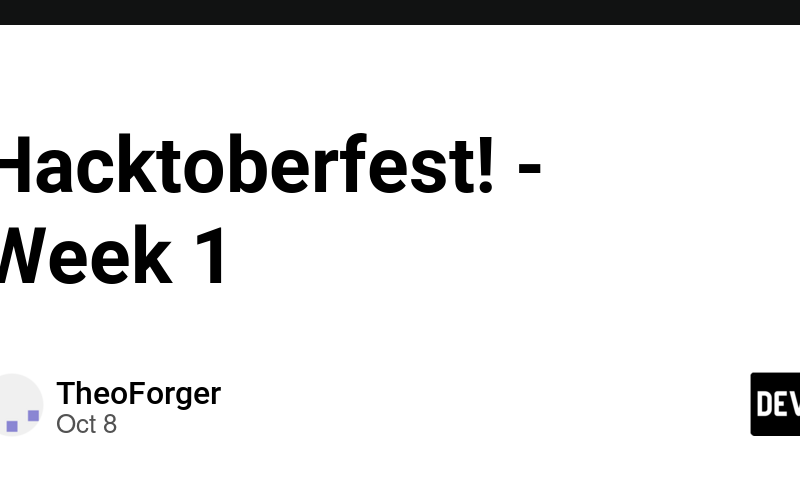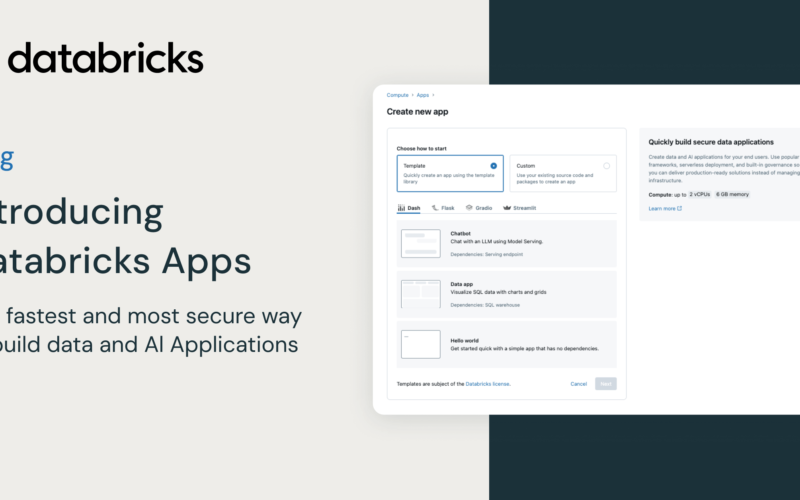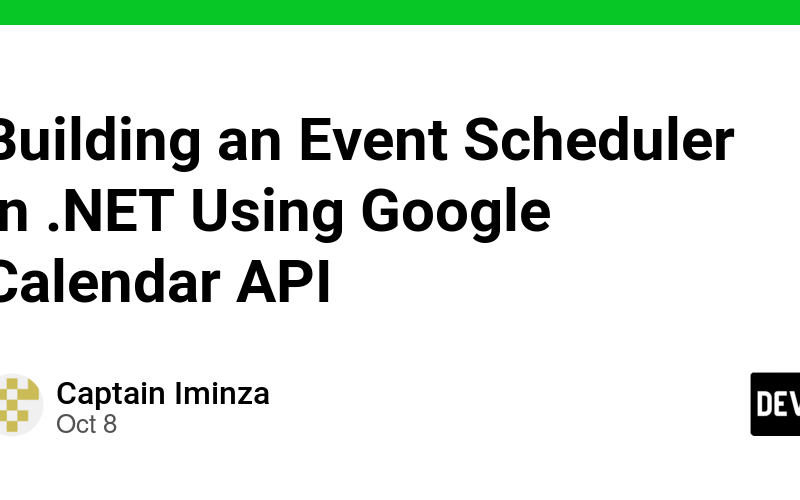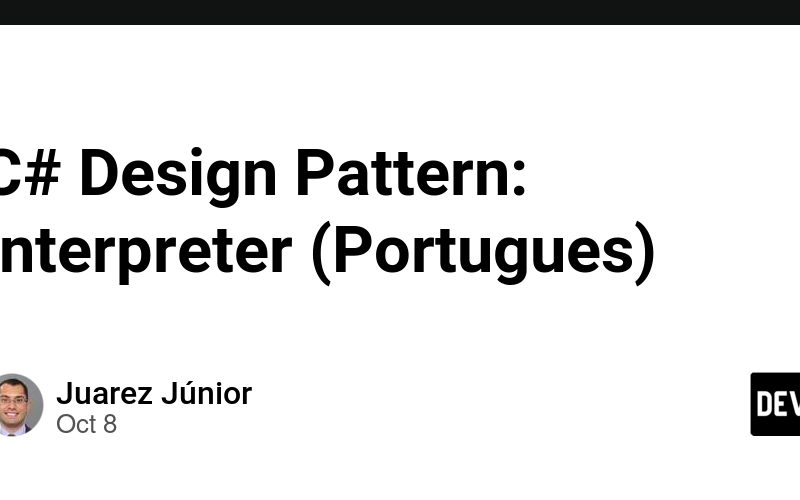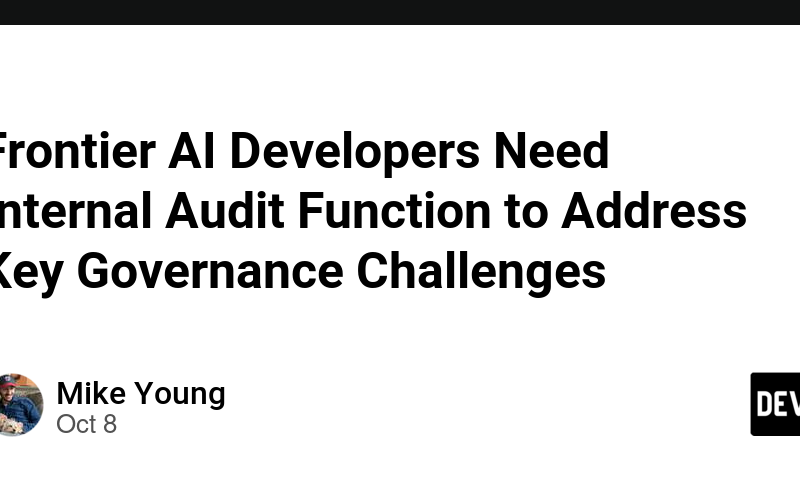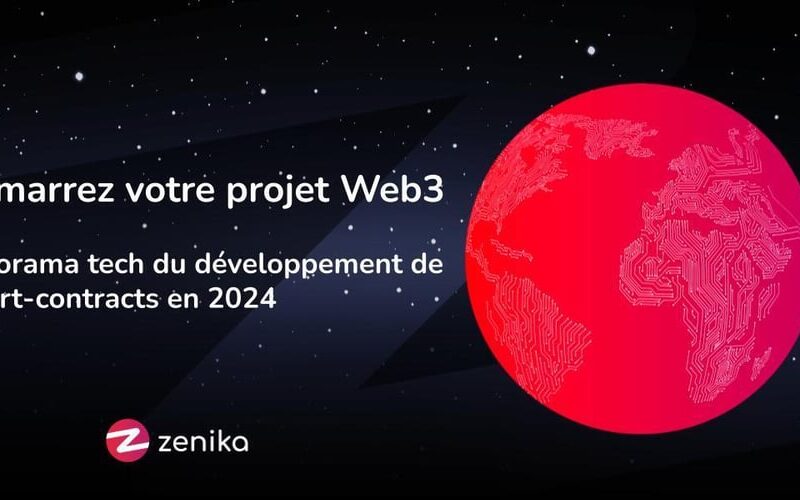09
Oct
Introduction: In today's fast-paced era, real-time data has become a crucial aspect for businesses to stay competitive and provide seamless user experience. With traditional REST APIs, real-time updates can be a challenge, leading to increased network traffic and increased server load. This is where GraphQL subscriptions come into play. GraphQL subscriptions are a powerful feature of GraphQL that allows data to be pushed from the server to the client in real-time, making it an ideal solution for building real-time applications. Advantages: Real-time updates: GraphQL subscriptions enable the server to send data updates to the client in real-time, eliminating the need…




